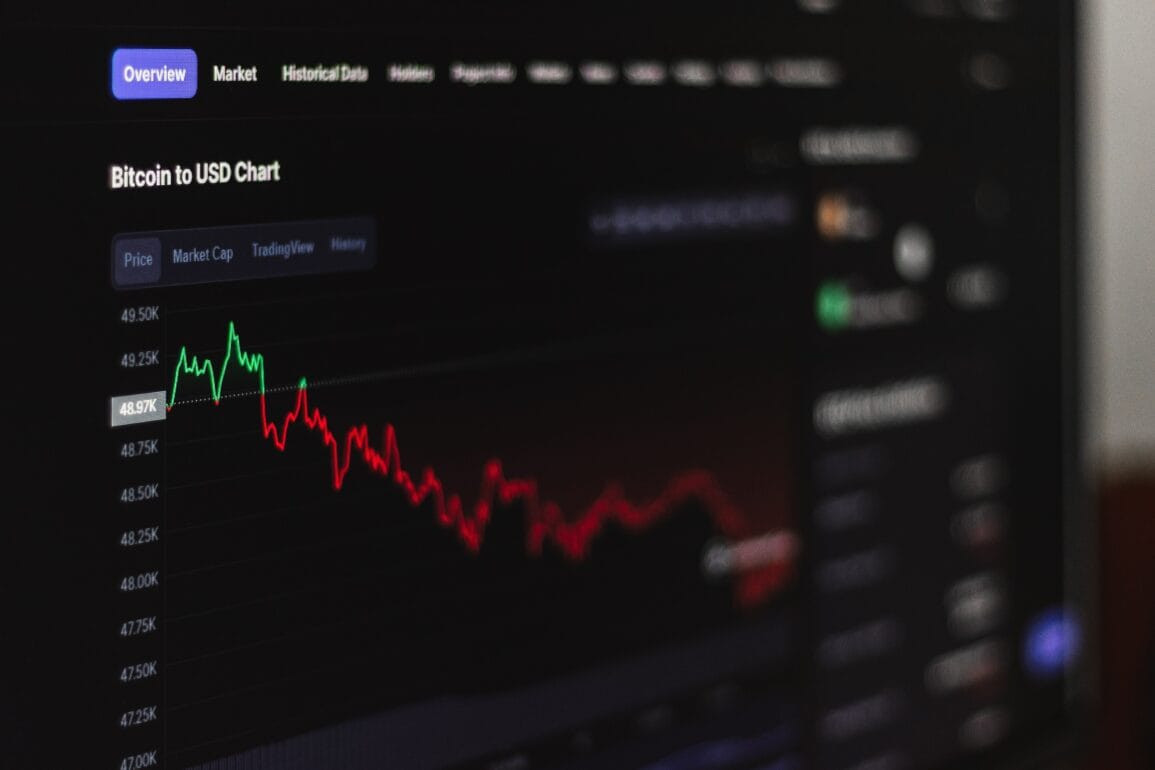The world of digital assets is known for its volatility and unpredictability. Understanding crypto market cycles is essential for investors looking to maximize returns and minimize risks in this ever-evolving landscape.
In this article, we’ll explore the cyclical nature of the cryptocurrency market, provide insights into recognizing market trends, and offer strategies to help you make informed investment decisions.
What are Crypto Market Cycles?
Crypto market cycles are periods of alternating market expansion and contraction, driven by factors such as investor sentiment, technological advancements, and macroeconomic conditions. These cycles typically consist of four phases: accumulation, markup, distribution, and markdown.
By recognizing the current market cycle phase, investors can better time their investments and develop strategies to capitalize on market trends.
Phases of Crypto Market Cycles
1. Accumulation Phase
The accumulation phase marks the beginning of a new market cycle and is characterized by a prolonged period of stagnant or slightly declining prices. During this phase, experienced investors and early adopters start accumulating cryptocurrencies at discounted prices, anticipating future price appreciation. Market sentiment is generally pessimistic, and news coverage may be harmful or scarce.
2. Markup Phase
As more investors enter the market and demand for cryptocurrencies increases, prices begin to rise steadily during the markup phase. This phase is characterized by high trading volume, growing costs, and heightened interest from the general public. Positive news coverage, social media hype, and fear of missing out (FOMO) among investors can rapidly increase market sentiment.
3. Distribution Phase
The distribution phase occurs when the market reaches its peak and prices begin to plateau. During this phase, experienced investors and early adopters start selling their holdings, taking profits before the market turns. Market sentiment is overly optimistic, with many investors expecting prices to continue rising indefinitely. However, as selling pressure increases, the market eventually reaches a tipping point and enters the markdown phase.
4. Markdown Phase
A sharp price decline characterizes the markdown phase as selling pressure overwhelms the market. Negative news coverage, regulatory concerns, and panic selling among investors can exacerbate the downturn. As prices continue to fall, the market eventually reaches a bottom, setting the stage for a new accumulation phase and the beginning of a new market cycle.
Strategies for Maximizing Returns and Minimizing Risks
1. Dollar-Cost Averaging (DCA)
Dollar-cost averaging (DCA) is an investment strategy that consistently invests a fixed amount of money in cryptocurrencies over time, regardless of market conditions. This approach allows investors to mitigate the impact of market volatility and avoid the pitfalls of attempting to time the market.
2. Portfolio Diversification
Spreading your investments across various cryptocurrencies, sectors, and risk levels can help minimize risk and optimize returns. Consider investing in a mix of established cryptocurrencies like Bitcoin and Ethereum and promising altcoins and DeFi projects with solid fundamentals.
3. Risk Management
Implementing proper risk management techniques, such as setting stop-loss orders and only investing what you can afford to lose, is crucial in the volatile world of cryptocurrencies. Maintain a disciplined approach to your investment strategy and avoid emotional decision-making.
4. Stay Informed
Stay updated with market developments, news, and trends by following reputable sources and engaging with the crypto community. This will help you make informed investment decisions and adapt your strategies as the market evolves.
5. Technical Analysis and Fundamental Analysis
Utilize technical analysis to identify patterns and trends in price movements and fundamental analysis to evaluate the underlying value of cryptocurrencies and projects. Combining these approaches can help you decide when to enter or exit the market.
Conclusion
Understanding crypto market cycles and employing effective investment strategies can help you maximize returns and minimize risks in the volatile world of digital assets.
By staying informed, diversifying your portfolio, and implementing risk management techniques, you can navigate the complex world of cryptocurrencies and capitalize on market trends.
Remember that patience and discipline are critical to long-term success in this ever-evolving market.
FAQ
What are crypto market cycles?
Crypto market cycles are periods of alternating market expansion and contraction, driven by investor sentiment, technological advancements, and macroeconomic conditions. These cycles typically consist of four phases: accumulation, markup, distribution, and markdown.
How can I recognize the current phase of a crypto market cycle?
Recognizing the current phase of a market cycle involves observing market sentiment, price trends, trading volume, and news coverage. Each step has distinct characteristics that can provide insights into the current state of the market.
How can I stay informed about market developments and trends?
Stay informed by following reputable news sources, engaging with the crypto community on social media platforms and forums, attending industry events, and subscribing to newsletters and podcasts that cover the latest market developments.
Can I predict when a market cycle will change phases?
Predicting the exact moment when a market cycle will change phases is challenging due to the unpredictable nature of the cryptocurrency market. However, by staying informed and monitoring market trends, you can better understand market cycles and make informed decisions about your investments.
Are market cycles unique to the cryptocurrency market?
No, market cycles are a common phenomenon in various financial markets, including stocks, commodities, and real estate. However, the cryptocurrency market’s volatility and nascent nature can lead to more pronounced cycles and shorter timeframes between phases.







